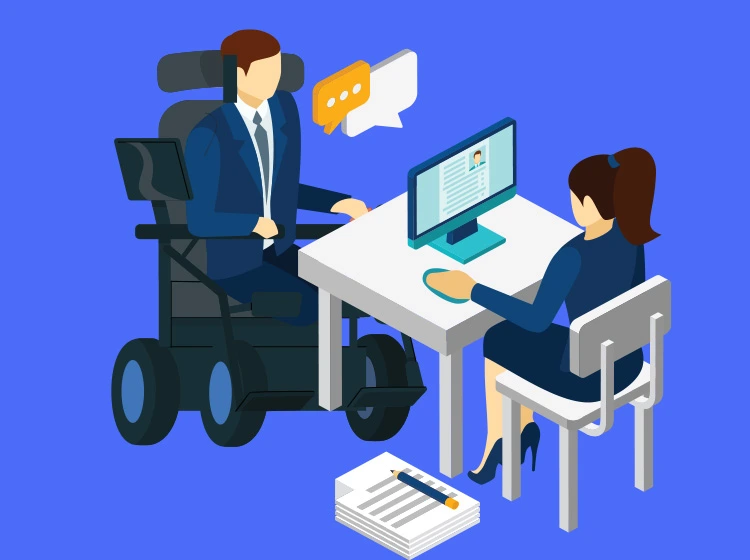Every organization wants to hire the best people with the skills, competencies, and capabilities for available jobs. They want innovators, creative thinkers and problem solvers. Based on the employment statistics, many of the people who can meet these needs remain unemployed only because they have a disability. Overlooking a source of talent among people with disabilities is not necessarily intentional. Recruitment and hiring practices were never properly adapted. The language is not inclusive, and unconscious biases persist, serving as barriers. However, the first step to successful external recruitment is developing a supportive internal culture of inclusion to aid in retention of the people with disabilities that are hired.
Making Organizations More Inclusive Starts by Understanding the Present Situation
The Fundación ONCE and the ILO Global Business and Disability Network, within the Disability Hub Europe framework, created the report Making the future of work inclusive of people with disabilities. The report aims to look at the future of work from a disability perspective and identify specific actions to make work more disability inclusive. Its stated mission is contributing to the United Nations 2030 Agenda and the Sustainable Development Goals. It focuses on Goal 8, which is “Decent work and Economic Growth,” and Target 8.5, which says, “By 2030, achieve full and productive employment and decent work for all women and men, including for young people and persons with disabilities, and equal pay for work of equal value”. The report says data from eight regions around the world shows 36% of people with disabilities of working age are employed, compared to 60% of people without disabilities. In the European Union, 60% of people with disabilities are in the labor market compared to 82% of those without disabilities. In many cases, organizations fail to hire people with disabilities because they have inaccessible work premises, work that is not disability inclusive, a lack of confidence in how to be more inclusive, and no available support system to help retain people with disabilities. Since employers do not have confidence in their ability to accommodate and support people with disabilities, they do not try to hire them.
Organizations Must Look Inward First
To bring more people with disabilities in, firms must begin with a close look at themselves. Accommodation policies need review to ensure they are reasonable and fair. What can an organization offer in the way of accommodations and support? It can be remote work, technology for access like software programs and specialized computer equipment, an ERG for people with disabilities, flexible work schedules, or assistive tools and resources that enable the individual to flourish in the job. Even if people with disabilities are hired, they will only be retained if the workplace culture is supportive. The Australian Human Rights Commission suggests using inclusive language and images of people with disabilities on the company website, in recruiting resources, and on career pages demonstrates a culture of inclusion. Partnerships with government agencies advancing the rights of people with disabilities and engaging with disability organizations, colleges, universities, and training programs, and working with disability advocacy organizations is also suggested.
Login Here

